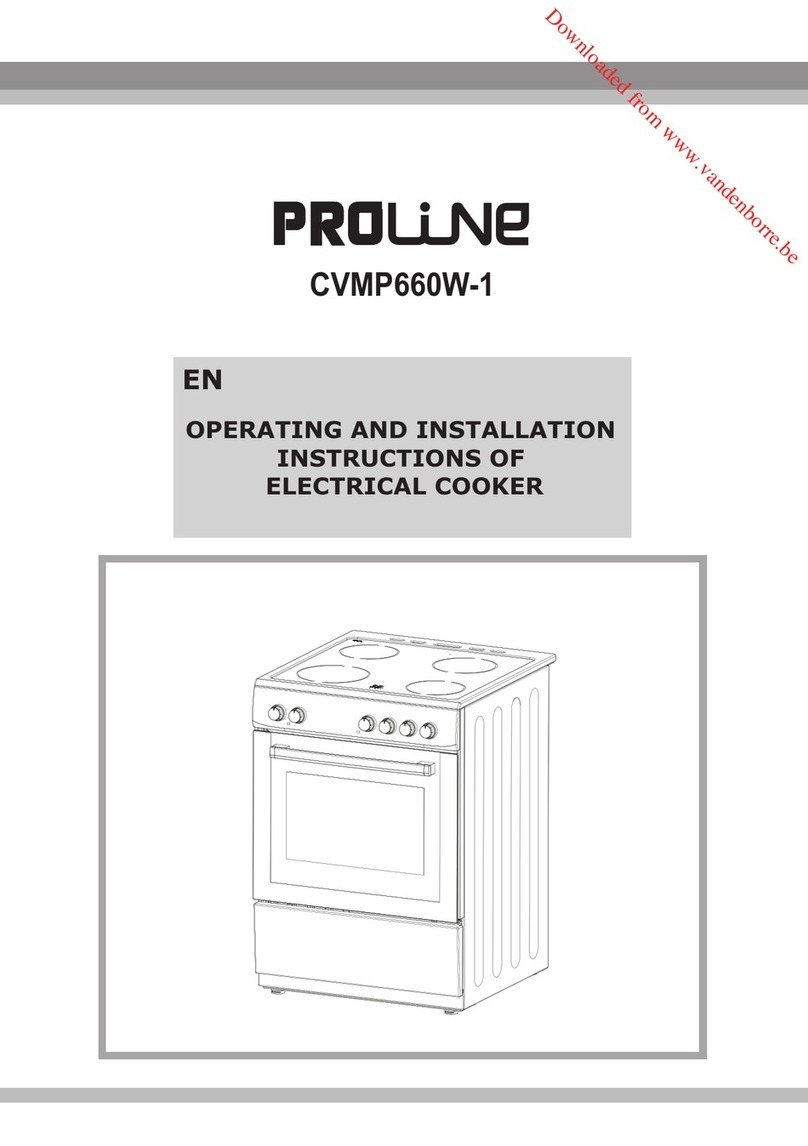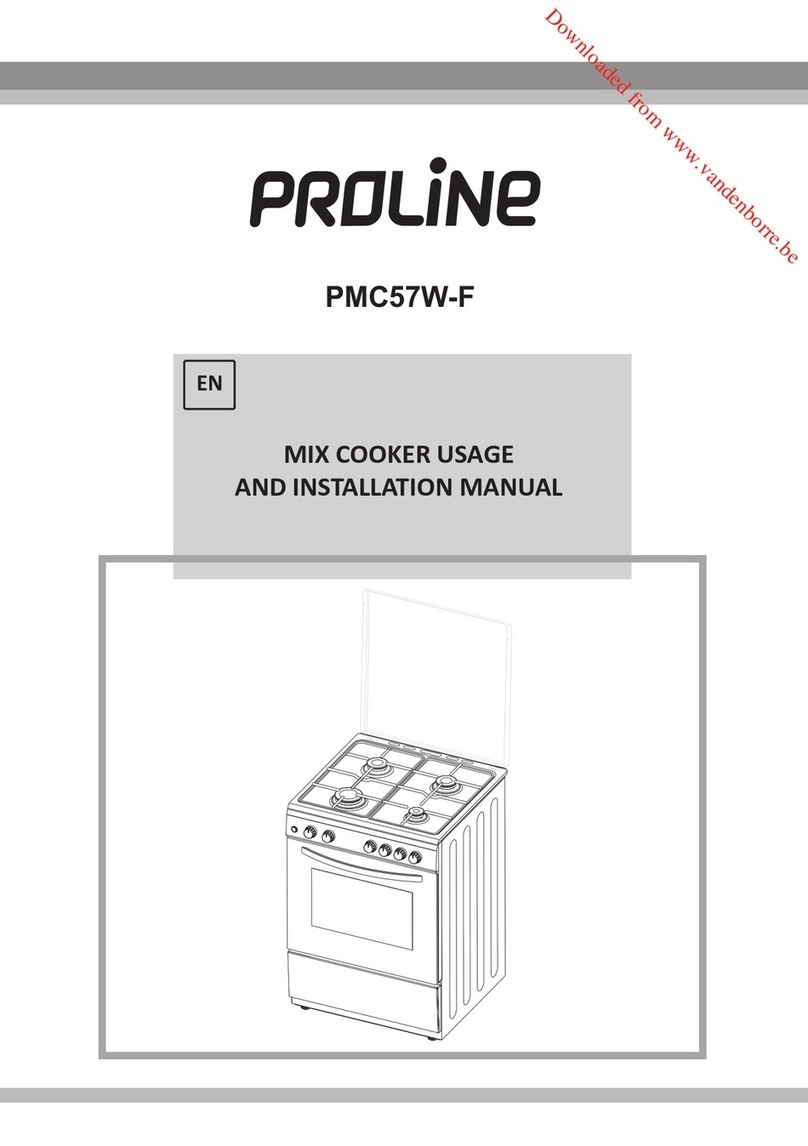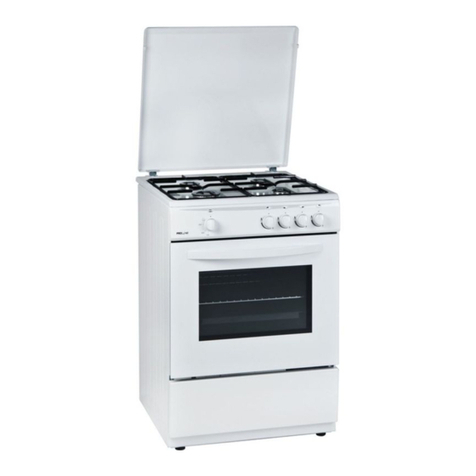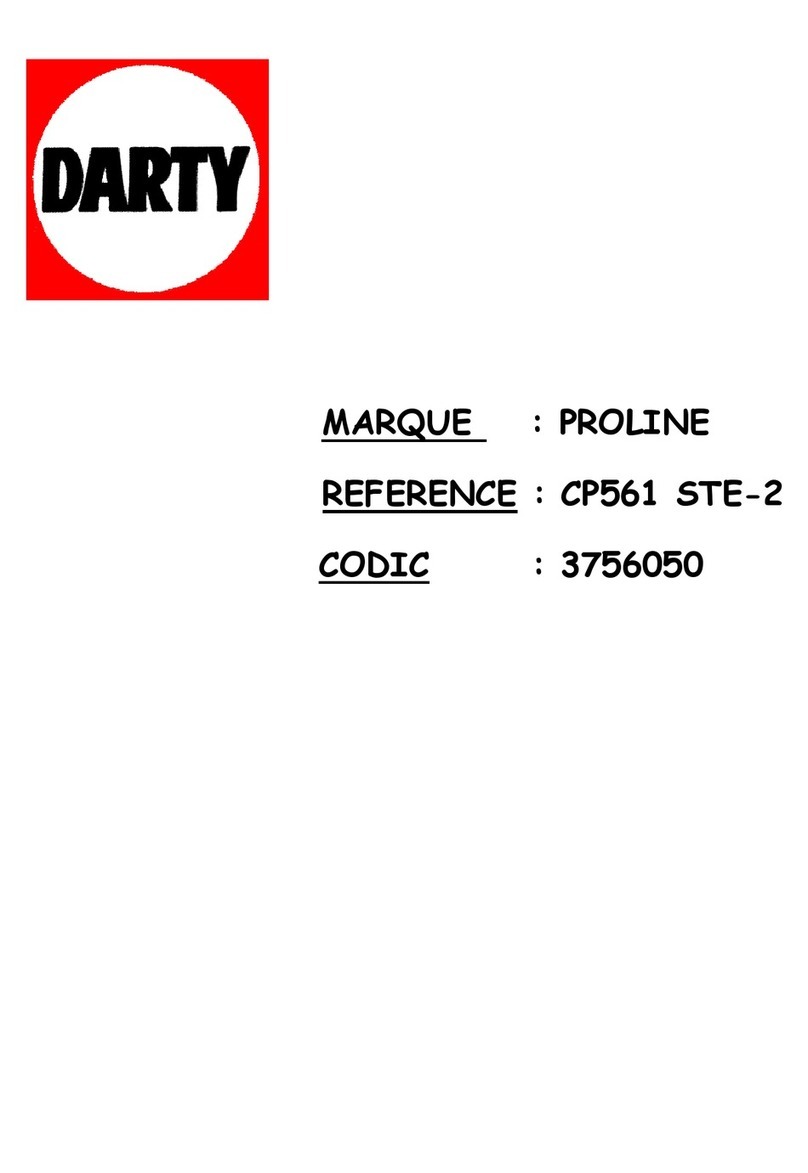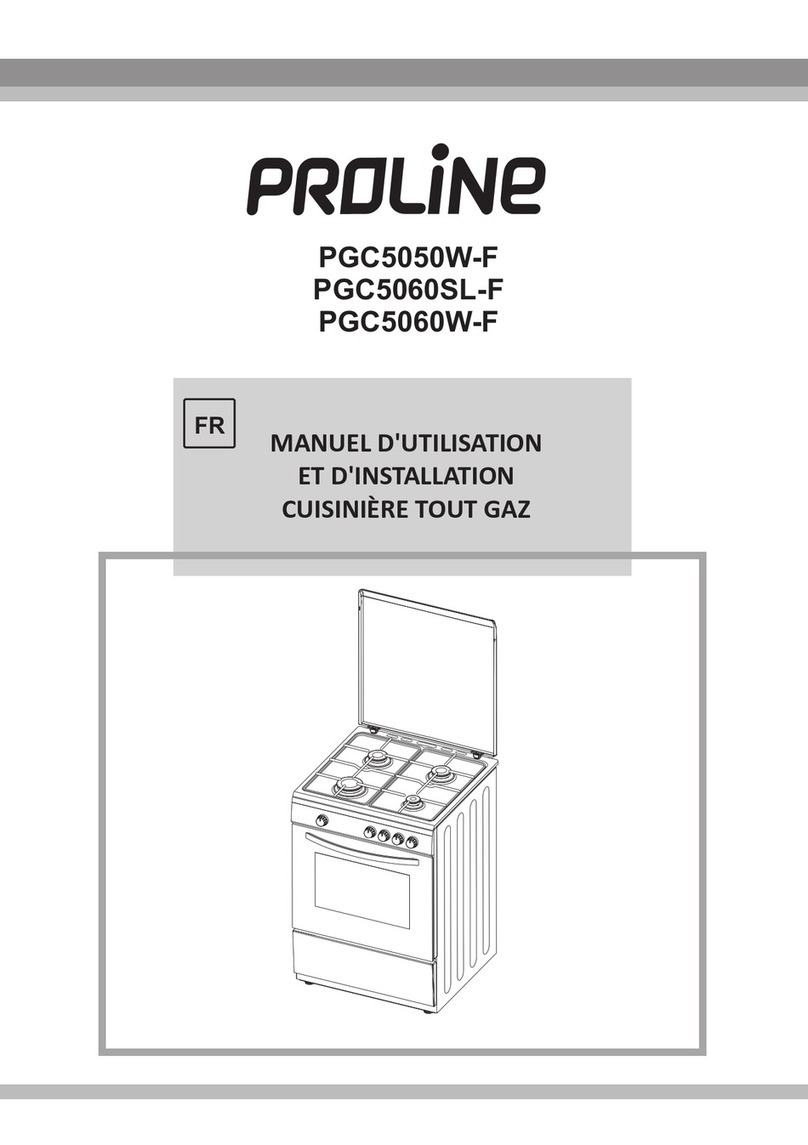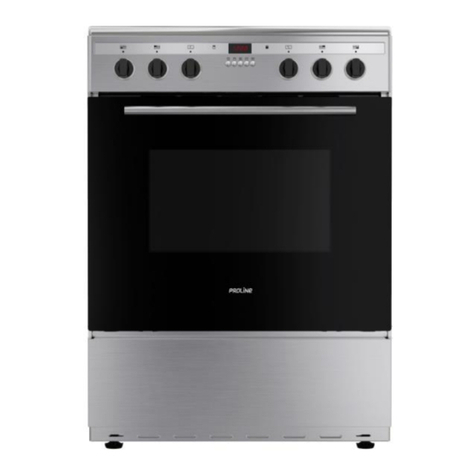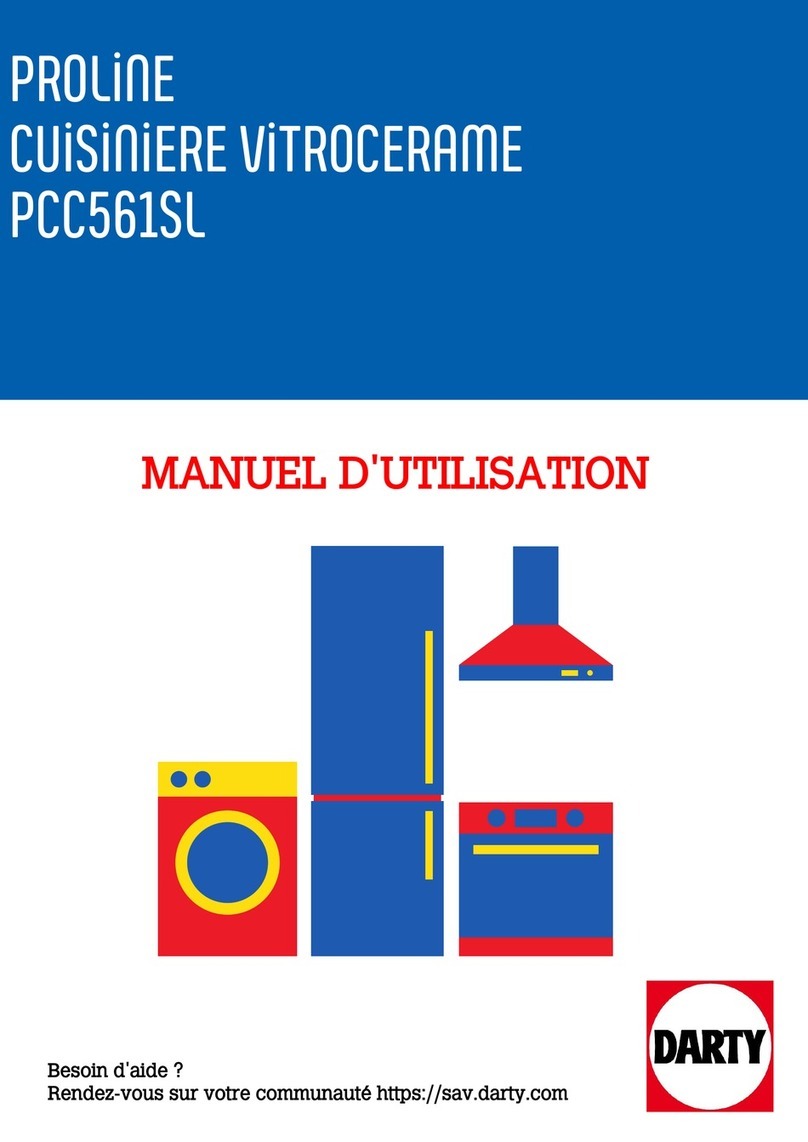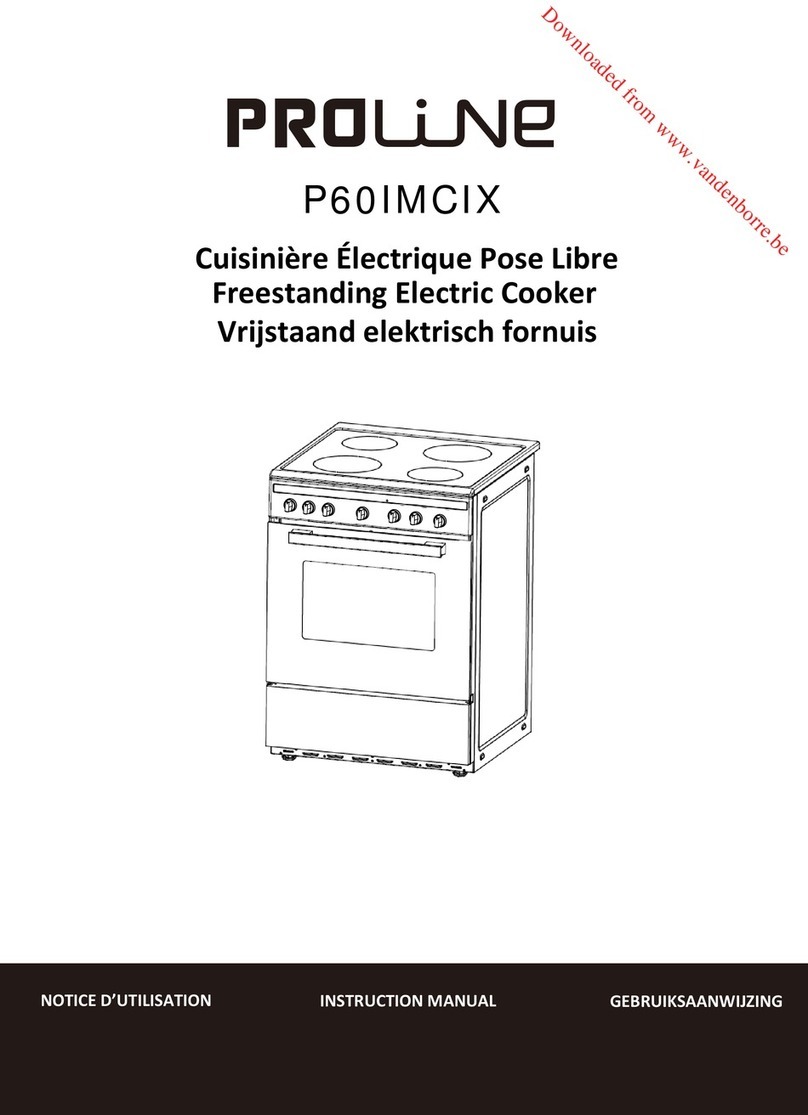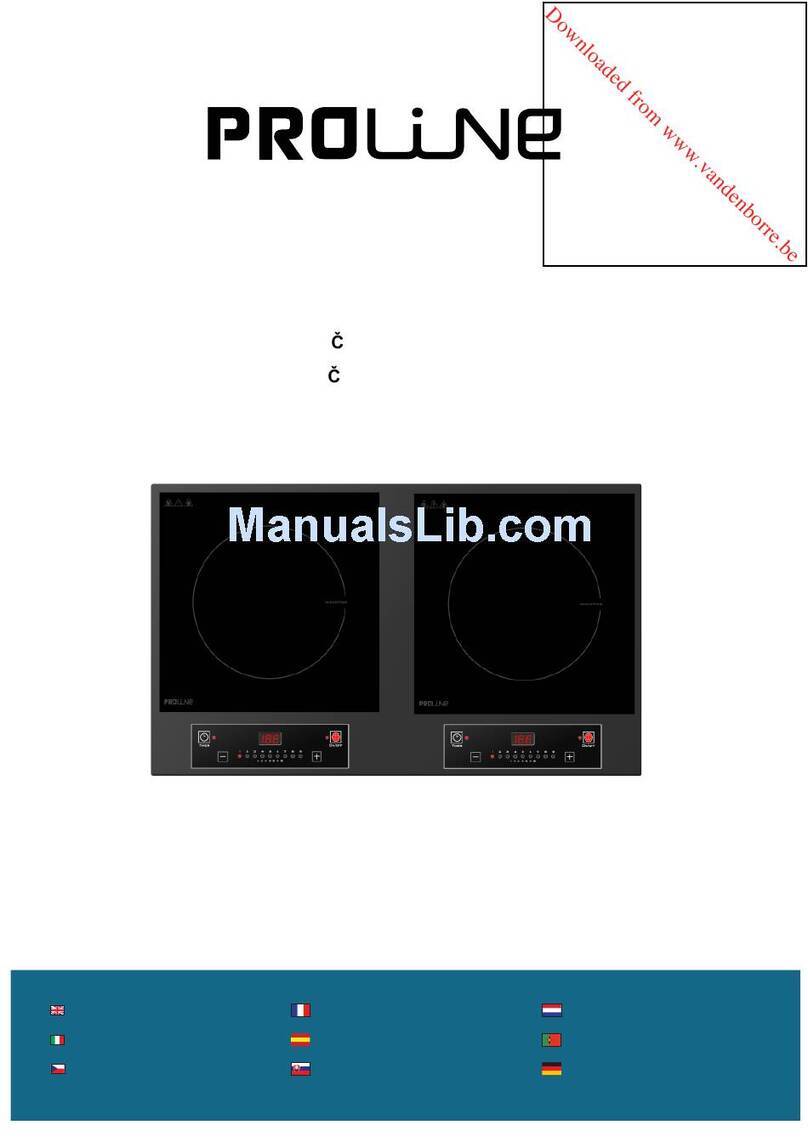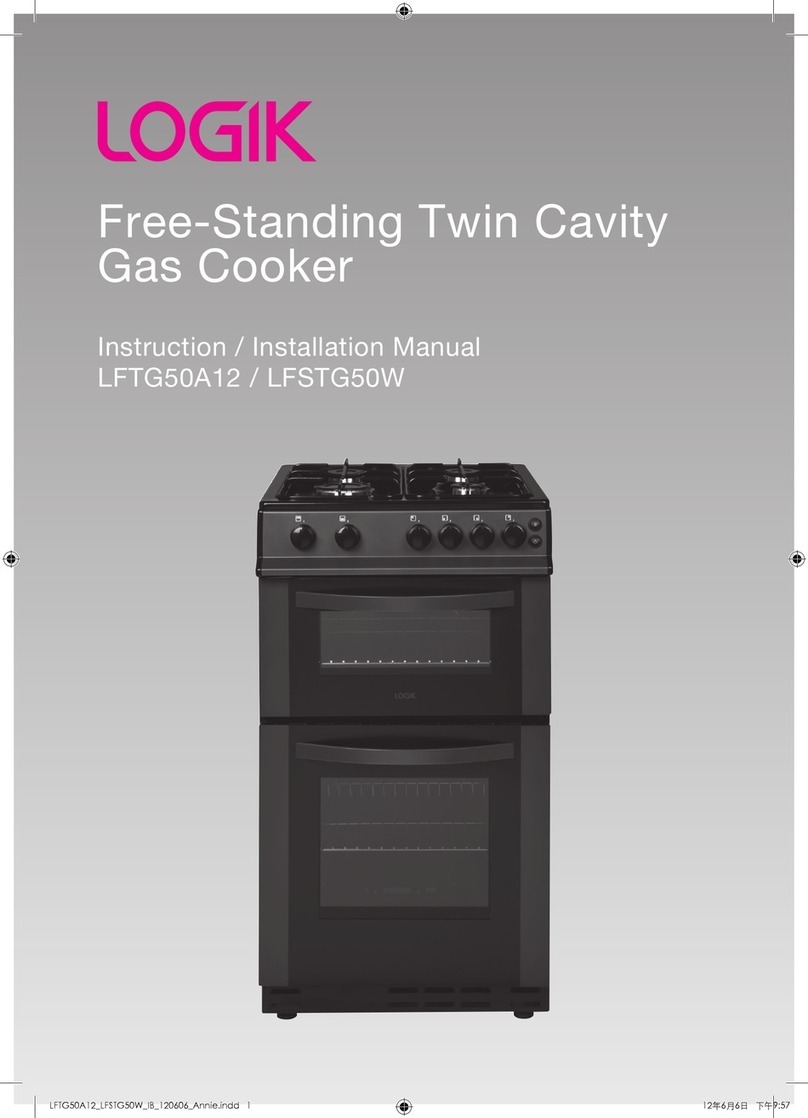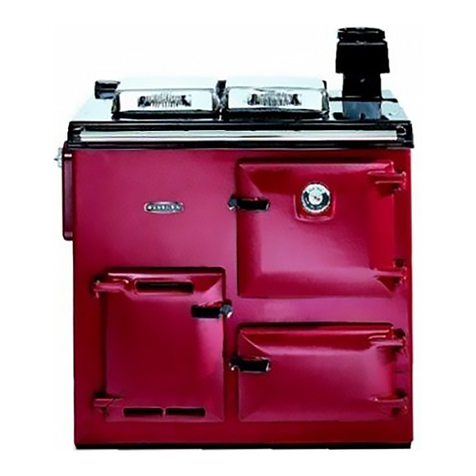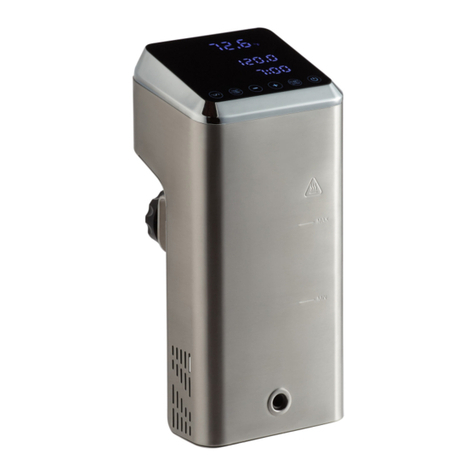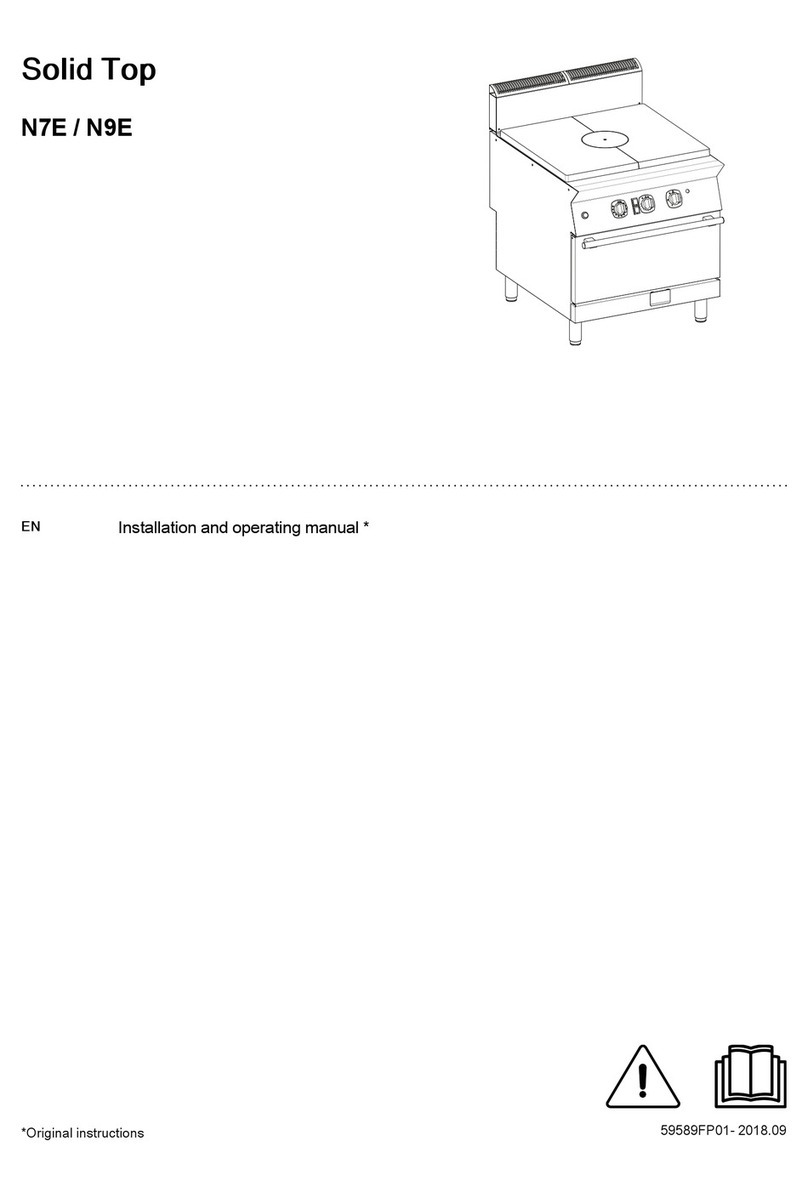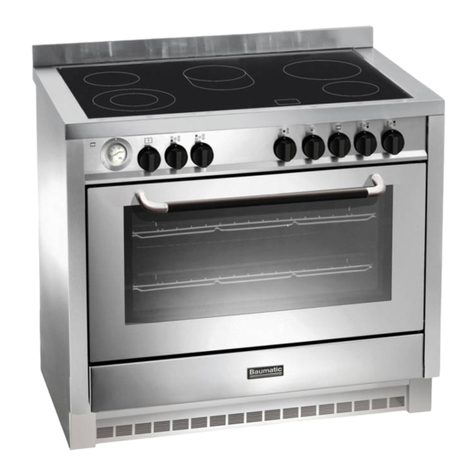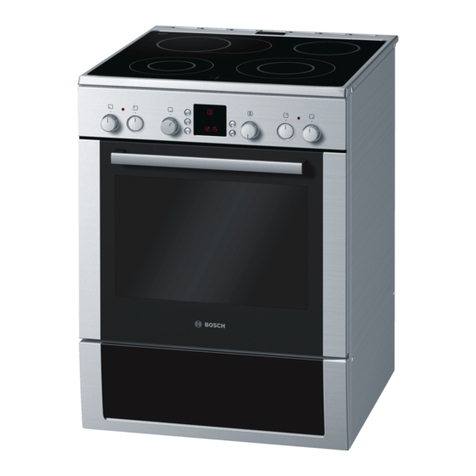
-7-
Installation
The following instructions should be read by a qualified technician to ensure that the
appliance is installed regulated and technically serviced correctly in compliance with current
regulations.
The hob should never be installed in proximity of a door access. People opening
and closing the door could come into contact with pots or pans cooking on the hob.
This unit may be installed and used only in permanently ventilated rooms:
a) Be careful when unpacking and installing the appliance Sharp edges might cause
accidents
b) The oven is heavy and care must be taken when moving it Ensure that all packing both
inside and outside the cooker has been removed before the oven is used.
c) Unpack the oven from the carton check and make sure it has not been damaged in any way
If you have any doubts do not use it contact the service center or where you buy the oven
The cooker is designed to fit between kitchen cabinets. The space either side need only be
sufficient to allow withdrawal of the cooker for servicing. It can be used with cabinet one side
or both as well as in a corner setting. It can also be used free-standing.
The appliances can be installed next to furniture units which are no taller than the top of the
cooker hobs. If the cooker is placed touching walls or sides of neighboring cabinets, these
must be capable of withstanding a temperature rise of 50 C above room temperature For a
correct installation of the cooker the following precautions must be followed:
a) The cooker may be located in a kitchen, a diner or bed sitting room, but not in a bathroom or
shower room.
b Kitchen cabinets installed next to the cooker that are taller than the top of the cooker hobs
must be situated at least cm from the edge of the hobs
c Hoods must be installed according to the requirements in the installation manual for the
hoods themselves and in any case at a minimum distance of cm
d Place the wall cabinets adjacent to the hood at a minimum height of cm from the hobs as
indicated in figure
e The hoods must be installed according to the requirements in the hood handbook.
f Should the cooker be installed beneath a wall cabinet, the latter should be situated at least
70cm away from the hobs as indicated in figure 1.
g The cut out for the cooker cabinet should have the dimensions indicated in the figure
h The wall in contact with the back of the cooker must be of flameproof material.
,
.
.,
,
,.
,, .
.
)
20 .
)
65 .
)42
1.
)
)
)- 1.
)
Important: remember to disconnect the appliance from electricity by turning
off the mains
Important:
Positioning
Unpacking
Installation
Min.60 cm.
Cooket Hood
Min cm.65 .(With Hood)
Min cm.0 (Without Hood)
Figure 1
switch before regulating the appliance or carrying out any maintenance work.

